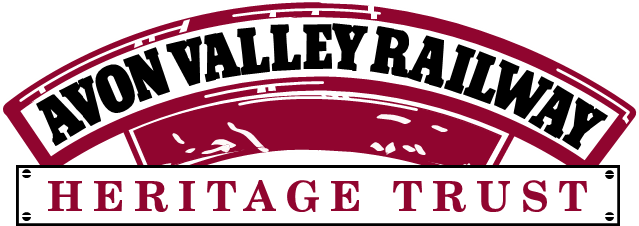Avonside No. 1798 ‘Edwin Hulse’
Avonside No. 1798 ‘Edwin Hulse’
The trust’s first locomotive
Vehicle Name / Number(s): Edwin Hulse
Builder: Avonside Engine Company, Bristol
Build Year: 1918
Works Number: 1798
Previous Owners: Ministry of Munitions, National Smelting Corporation, Imperial Smelting Corportation
Owned by: Avon Valley Railway Heritage Trust
Status: Under Overhaul
Tractive Effort: 15,456 lbs
Configuration: 0-6-0ST
Weight: 35 tons
Cylinder Size: 14.5” diameter by 20” stroke
Wheel diameter: 3 feet 1 inch
Boiler Working Pressure: 160 psi
Water Capacity: 750 gallons
Fuel Capacity: 1 1/2 tons
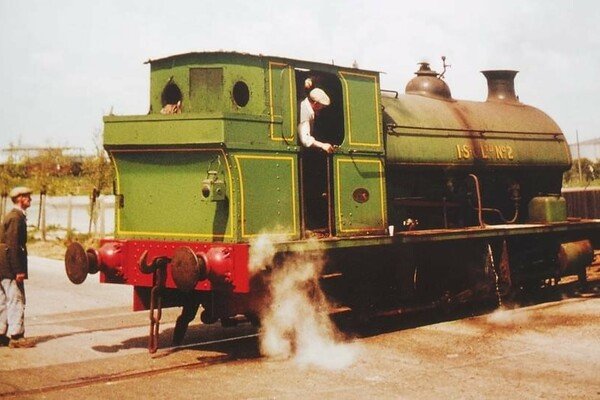
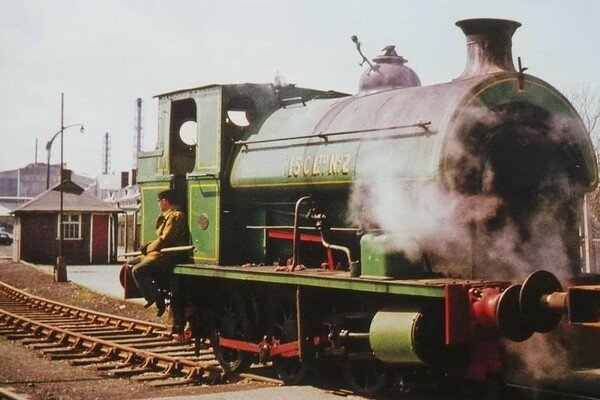
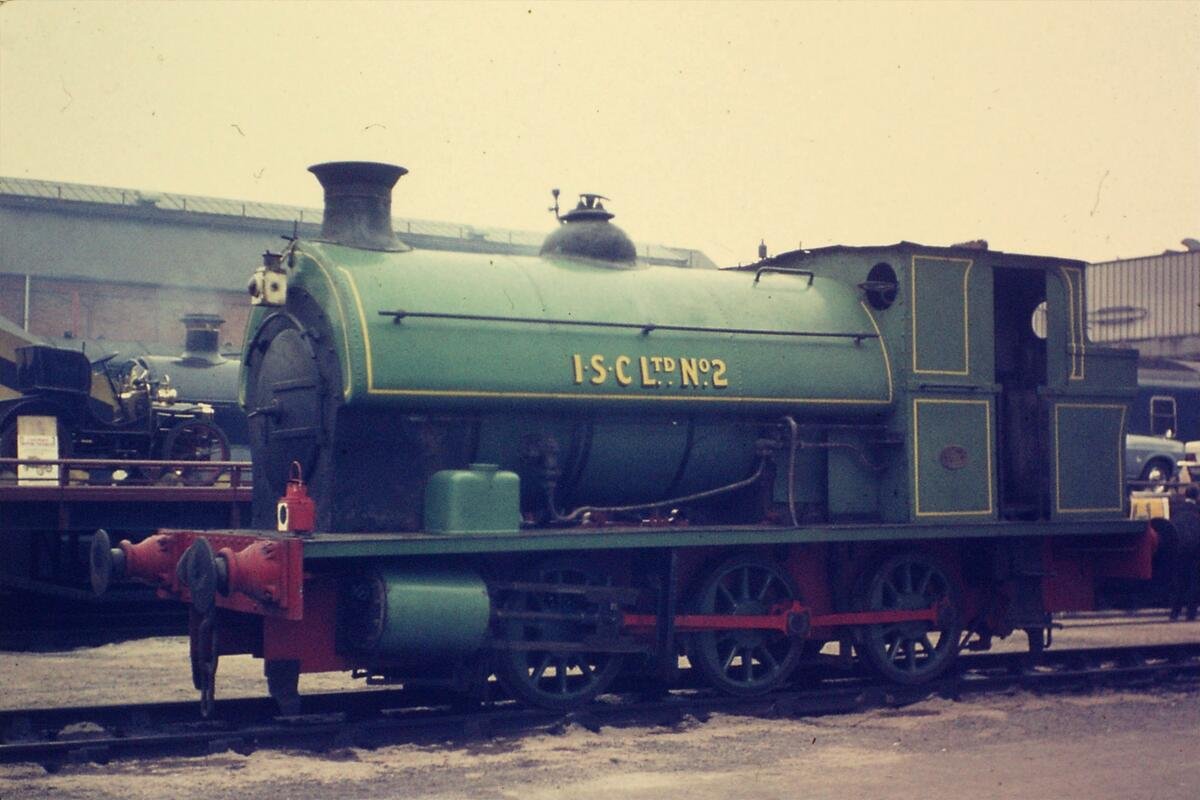
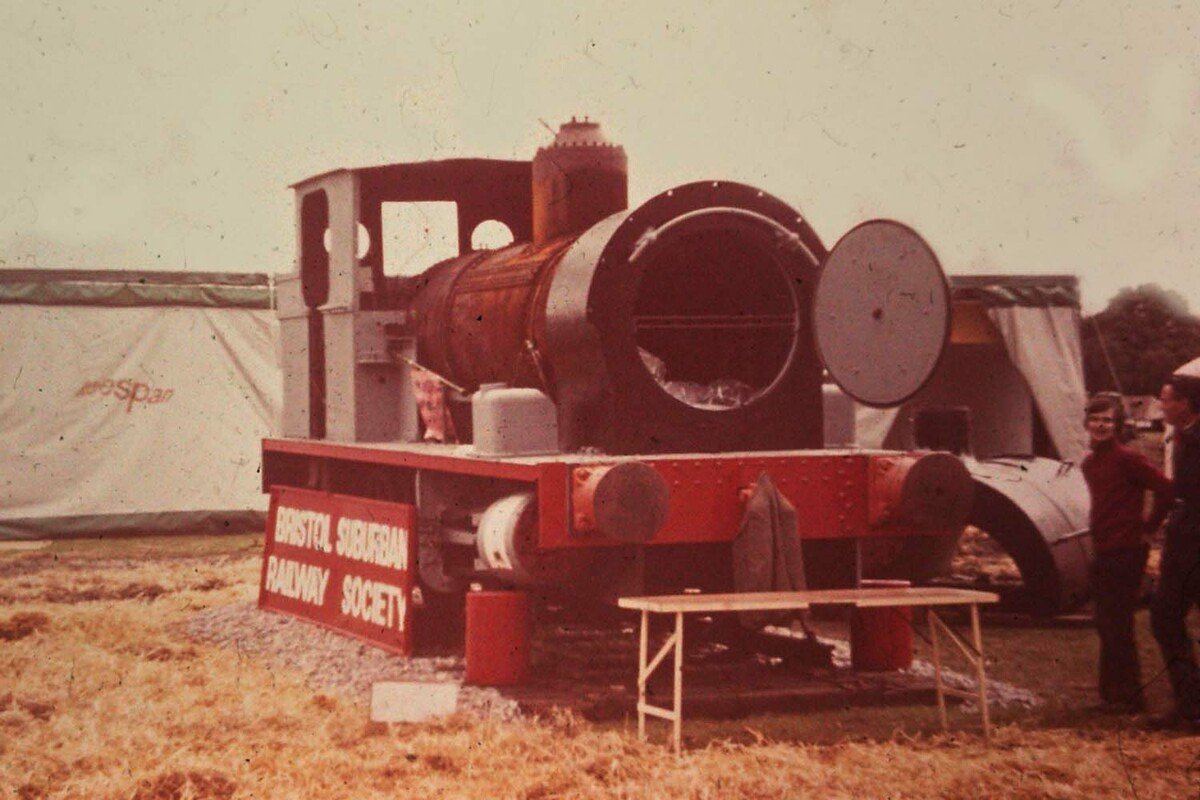
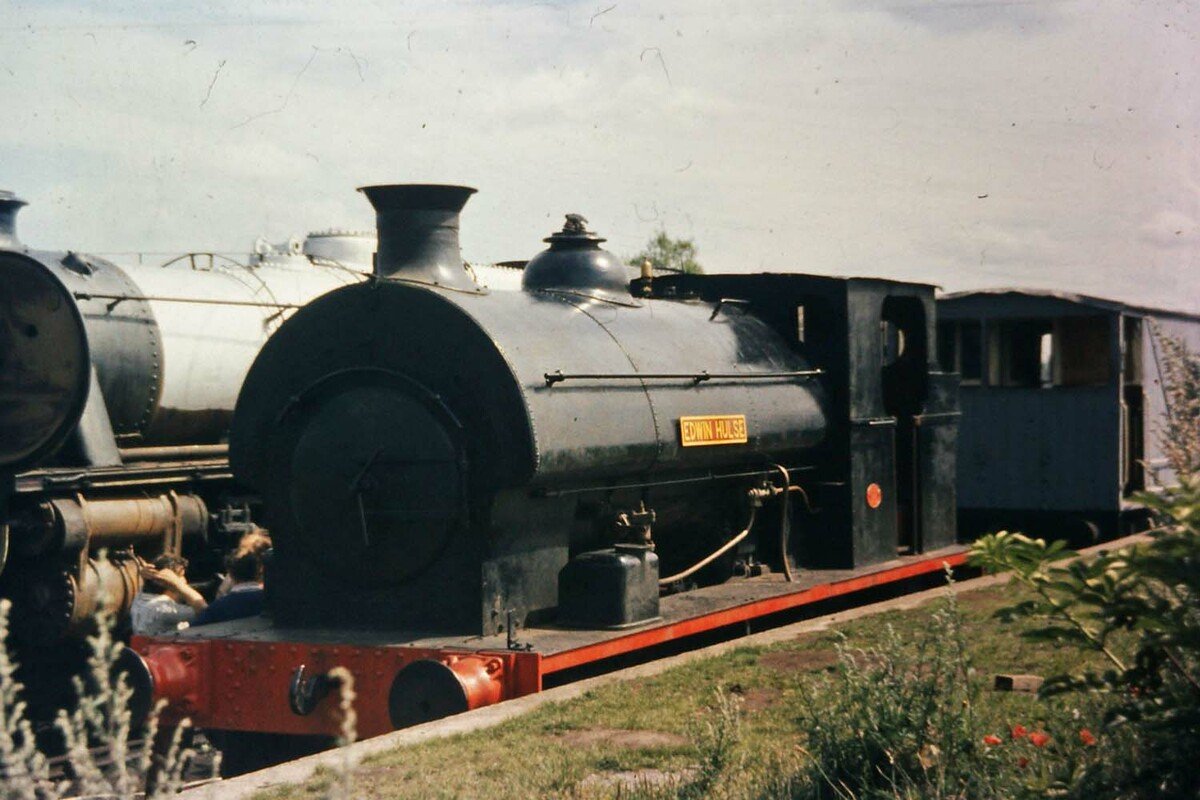
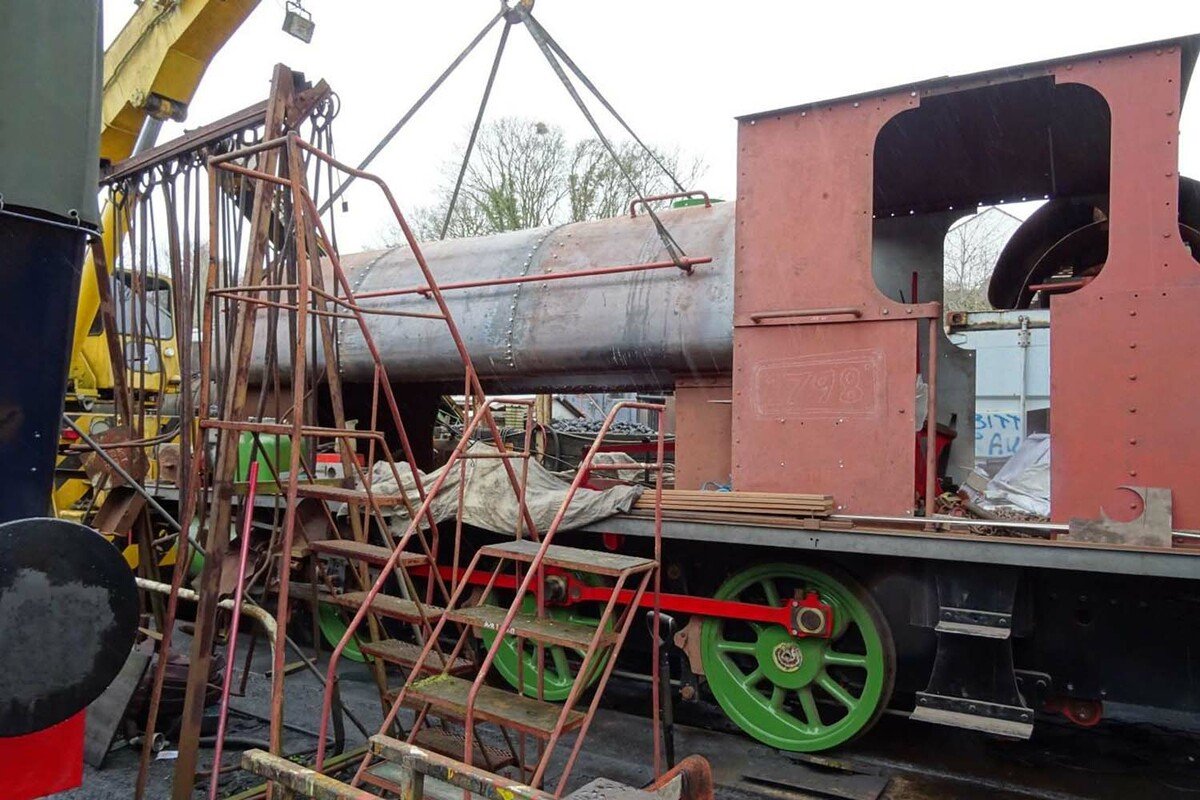
No. 1798 was originally ordered to help the war effort but wasn’t completed until after the war finished in November 1918. The loco was supplied new to the Ministry of Munitions at Avonmouth then taken over by the National Smelting Corporation (latterly 'Imperial Smelting Corporation) at the same site. The Ministry of Munitions site was selected in August 1918 due to the close proximity of I.S.C.'s new Sulfuric Acid plant then being built in Avonmouth. The factory opened in January 1918 but never reached full production due to the end of World War One. In January 1920 the factory was closed and the site put up for sale in 1921. I.S.C took over the site in 1924, together with Avonside No. 1798.
The locomotive was I.S.C No. 2 when a visit was made to B.R. Bath Road Depot in 1969 (see picture below). It was sold to Avonmouth Engineering in 1971 and then to the Bristol Suburban Railway Society in August 1972.
It was initially stored at the Fry's Factory in Keynsham (the original intention being to call the loco 'Crunchie') before then moved to Bitton on 9th June 1973 before moving on to the Downs for the 'Bristol 600' exhibition with GWR No. 2818 from 21st July until 12th August 1973.After the exhibition 1798 was moved back to Bitton station and was restored to full working order by volunteers.
1798 was named 'Edwin Hulse' after a founder member and Chairman of the Society on the 13th April 1974 at its first steaming in preservation. Sadly during 1976 the locomotive was raided and the works plates stolen together with some boiler washout plugs and injector overflow pipes.
When the Bitton Suburban Railway Society became a limited Company called the Bitton Light Railway Company in October 1979, the locos ownership was transferred also. Since 1992 when the overhaul project started, the locomotive has been undergoing a very thorough overhaul with the aim to return the loco to service in the coming years.
If you would like to see our flagship loco back in service in time for our 50th Anniversary of first public services at Bitton with Edwin Hulse in 2024, please considering donating via the support us page.
Progress so far
At some point in it's Industrial career, the loco received major damage. We are still not certain as to what has actually happened to it, but as we progress its overhaul, we find· out more.
The loco has been stripped down to the bare frames, revealing a badly worn rear frame stretcher that was 'sailing in the wind'. This has been replaced and the wear in the main frame built up. The wheels were removed along with the front and rear sets of Horn guides. The axle boxes have been shimmed and along with the horn guides have been machined to get the wheel centres correct. One horn guide has been repaired where it had fractured and the Horn stays have been machined and fitted, along with the production of a new horn stay (the old one was badly threated because of the extra weight incurred by the loose frame stretcher).
With the above complete the loco was re-wheeled (in the good shed using one 35 ton Jack, several wooden sleepers and lots of packing wood!) and work began on the motion. The eccentrics, the intermediate Valve rods and the hanging links have all been rebuilt along with the weigh shaft. The left hand intermediate valve rod having to be straightened (bent to the left by 1" ½ and shorter by 2" than the right hand rod). Both cylinders have been bored out and we have new piston heads in stock along with the steel for new Piston rods.
A new smokebox is being constructed, along with a new cab and bunker assembly that is nearly ready to be riveted together. All the new running plates have been bolted on. The buffers have been replaced by an overhauled set and the draw hooks have been replaced. We have chosen to make the engine independently sprung and have riveted new spring hanger guides to the frames. In refitting the springs, we now think that most of the spring hangers seem to have come of a Hudswell Clarke engine, probably from I.S.C No.I and/or No.3. Meanwhile volunteers have continued with rebuilding the brake gear.
We have worked on the coupling rods, with all the wheels quartered and all the rod bearings all being white metalled and machined to fit, with the rods on and the engine back to being mobile. Afterwards focus has shifted onto the creation of a new saddle tank, to replace the old and very rotten one it finished its last spell of operation with.
